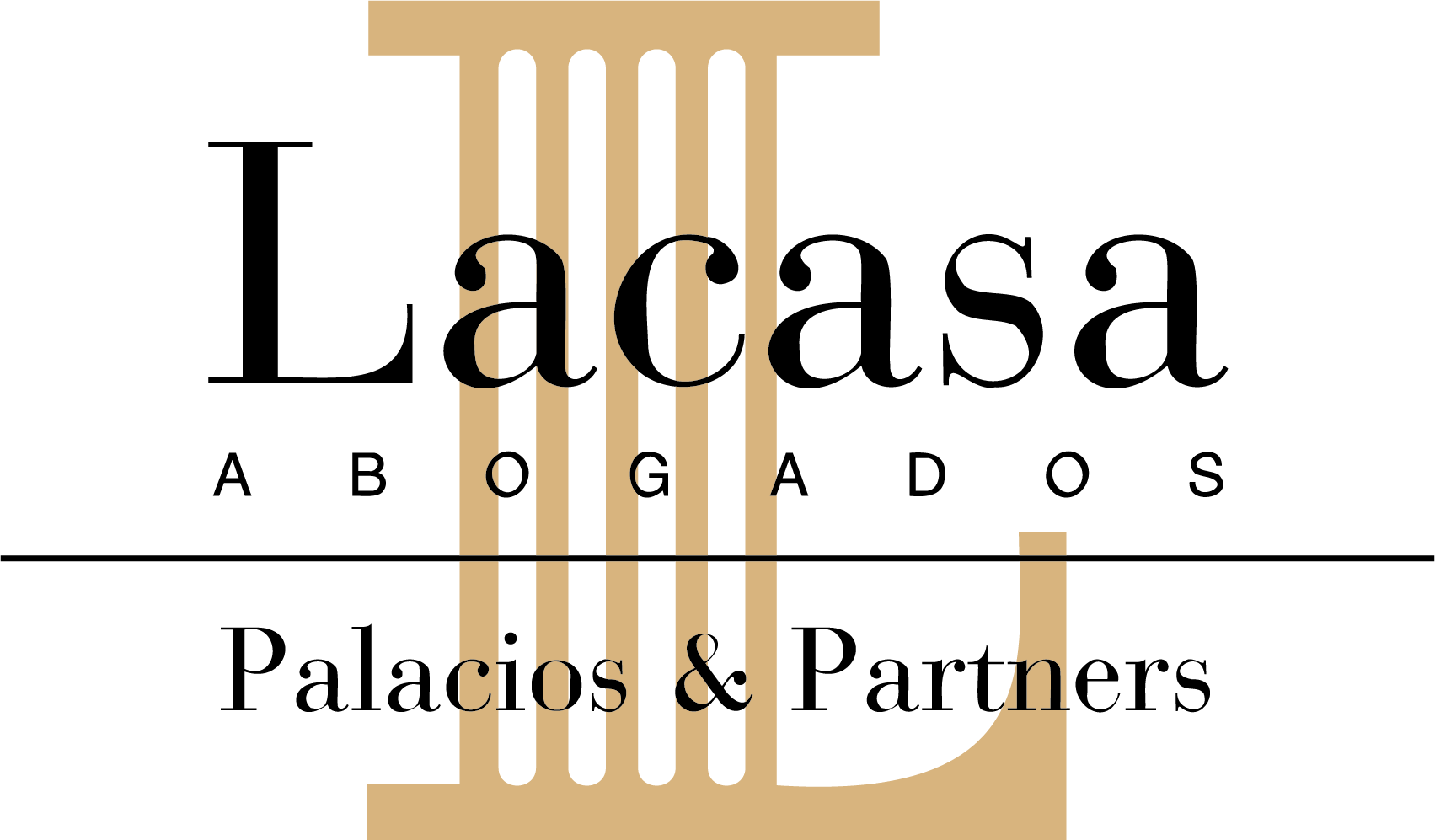
Its regulation is provided for in Article 178 bis of the Insolvency Law 22/2003, of July 9, 2003, which establishes the procedure by means of which an individual can access such benefit without the approval of its creditors. The only way to access the exoneration of unsatisfied liabilities (second chance) is through the insolvency proceeding.
Requirements:
- That the insolvency proceeding has not been declared guilty.
- That in the ten years prior to the declaration of the insolvency proceeding, the debtor has not been convicted in a final judgment for crimes against assets, against the socioeconomic order, false documents, against the Public Treasury and Social Security or against workers’ rights.
- That it has attempted to reach an out-of-court agreement for the payment of its debts, provided that it meets the necessary requirements to do so.
- It must have paid in full the credits against the mass and the privileged bankruptcy credits. If a prior out-of-court payment agreement has not been attempted, at least 25% of the amount of the ordinary bankruptcy claims must also have been paid.
- In case you do not meet the latter requirement, as an alternative you are asked:
- Submission to a payment plan for 5 years to meet claims against the estate, privileged claims and unsatisfied public law and alimony claims.
- Compliance with its cooperation and information obligations, established in Article 42 of the Bankruptcy Law.
- That within the previous ten years it had not obtained the exoneration of the unsatisfied liability.
- In the four years prior to the declaration of insolvency proceedings, he/she has not refused an offer of employment appropriate to his/her capacity.
- Acceptance of the publication in the Public Bankruptcy Registry for 5 years of the obtaining of the exoneration of the unsatisfied liabilities.
Out-of-Court Settlement Agreement and consequences of not obtaining it. Consecutive bankruptcy:
In a very generic way, it is a procedure prior to the Insolvency Proceeding, which can be accessed when the insolvency situation exists and the debts do not exceed 5,000,000 Euros. Its regulation is provided for in articles 231 and following of the Insolvency Law. The objective is that with the intervention of a mediator, an attempt is made to reach an agreement with the creditors for the payment of the debts of the insolvent party, being able to apply delays of up to 10 years and reductions without any limitation whatsoever.
In the event of reaching an agreement, it would mean the viability of the individual or legal entity.
In the event that no agreement is reached, it would entail the filing of a consecutive insolvency proceeding by the mediator, the liquidation of the assets of the insolvent party, and with the proceeds obtained, the payment of the credits against the mass and the insolvency credits in accordance with the provisions of the Insolvency Law and, depending on the result, the obtaining of the benefit of the exoneration of the unsatisfied liabilities.
Pros and cons of the mediation procedure for the out-of-court payment agreement, consecutive bankruptcy and finally to obtain the benefit of the exoneration of the unsatisfied liabilities:
PROS:
- Stoppage of seizures in general and in particular of seizures on assets related to daily activities.
- Reduction, if applicable, of the debt with creditors, and even total exoneration of the same, depending on the type of creditor.
- Possibility of starting a new business after obtaining the benefit of the exoneration of unsatisfied liabilities without the burden of previous debts (second chance).
- Avoiding potential liabilities.
CONS:
- Absolute control of the insolvent party’s assets by the insolvency administrator appointed in the consecutive insolvency proceeding (insolvency mediator).
- Total and absolute liquidation of the assets of the individual. Loss of the patrimony.
- Non-release of debts with AEAT and TGSS. These debts are mandatory.
- Possibility of declaring the insolvency proceeding as guilty and therefore not obtaining the exoneration of the unsatisfied liabilities.
